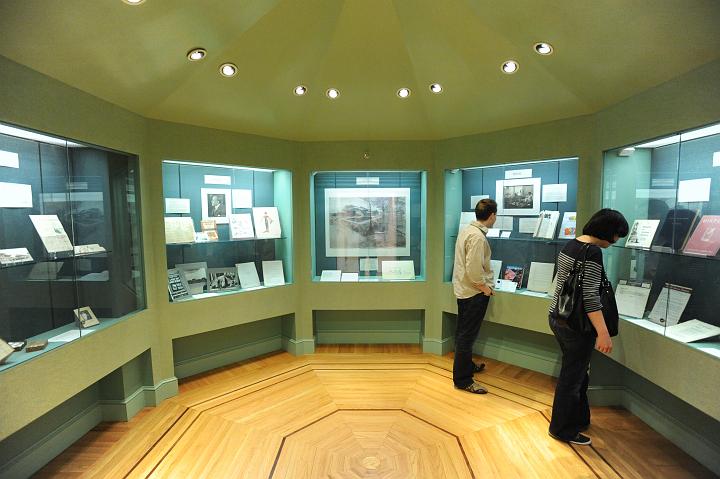Professional and personal files including Armstrong's correspondence with professional associations, other engineers, and friends, his research notes, circuit diagrams, lectures, articles, legal papers, and other related materials. Of his many inventions and developments, the most important are: 1) the regenerative or feedback circuit, 1912, the first amplified radio reception, 2) the superheterodyne circuit, 1918, the basis of modern radio and radar, 3) superregeneration, 1922, a very simple, high-power receiver now used in emergency mobile service, and 4) frequency modulation - FM, 1933, static-free radio reception of high fidelity. More than half the files concern his many lawsuits, primarily with Radio Corporation of America, over infringement of the Armstrong patents. Litigation continued until 1967. Other files deal with his work in the Marcellus Hartley Research Laboratory at Columbia University, 1913-1935, and with the American Expeditionary Forces in France during World War I, his Air Force contracts for communications development, Army research during World War II, the Radio Club of America, the Institute of Radio Engineers, FM development at his radio station at Alpine, N.J., the use of FM in television, his involvement in Federal Communications Commission hearings and legislation, and his work with the Zenith Radio Corporation. Also, letters to H.J. Round
